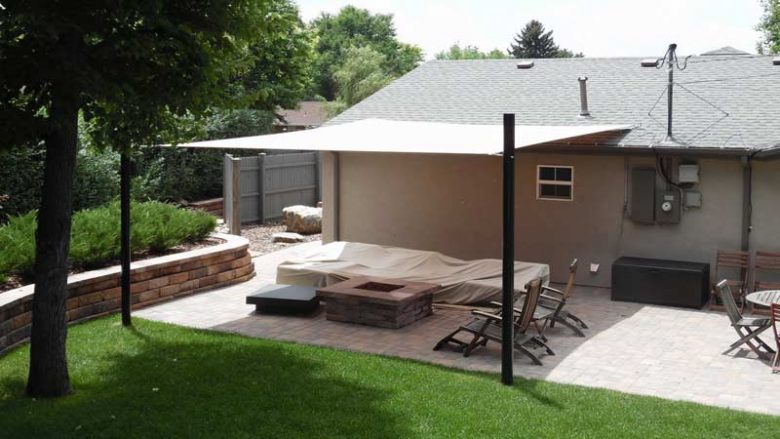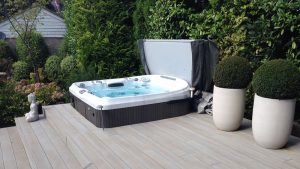Adding a shade sail to your property can enhance your lifestyle and reduce the running costs of your home if it throws shade on the walls or roof. Most shade sails from companies like Shade Sails Perth are made from high density polyethylene knit because it has good stretching quality and is the best cloth to withstand harsher conditions. There is also polyvinylchloride material which can also be good for climates where there is less wind or storm activity. No matter what your sail is made from here’s how to keep it looking good.
Do’s
- Do take it down and wash it from time to time if it looks grubby or stained
- Do use a mild detergent with no acidic chemicals in it
- Do use a very soft bristle brush to clean it
- Do examine it for wear and tear and replace it when necessary
- Do inspect the poles and fittings to ensure they are still strong
- Do take the sail down if bad storms are imminent
- Do hose off bird droppings as soon as possible
Don’ts
- Don’t wash the sail in a washing machine, not even a large, commercial one
- Don’t store it folded as the creases can crack the finish
- Don’t try to take it down yourself if you are not strong enough; instead, get a friend to do it or contact the installer.
- Don’t wash it with an acidic detergent
- Don’t drag the sail over rough ground or walk on it
- Don’t allow an amateur handyman to install a shade sail unless they are detail oriented and can understand the importance of location, shape and angle.
- Don’t light a fire under the shade sail as sparks can set it alight.
In fact, even though it may seem like a good idea to put a sail over the barbeque area, this can expose it to the risk of burning if a spark should fly upwards during use. That would certainly light up your evening in a way you don’t want to happen.
If you want the shade to be near to the barbeque – but not over it – make sure you find out which direction the prevailing breeze comes from and ensure the sail is installed on the upwind side so that any sparks blow away from it.
Don’t allow anyone to swing on the edge of the sail as this can stretch it so there is not enough tension to stop it flapping. This can lead to the next strong wind tearing it or making it flap uncontrollably.
Once you get all the do’s and don’ts right you’ll have peace of mind that the sail will remain in good condition and give you the kind of shade you need for many years to come.



